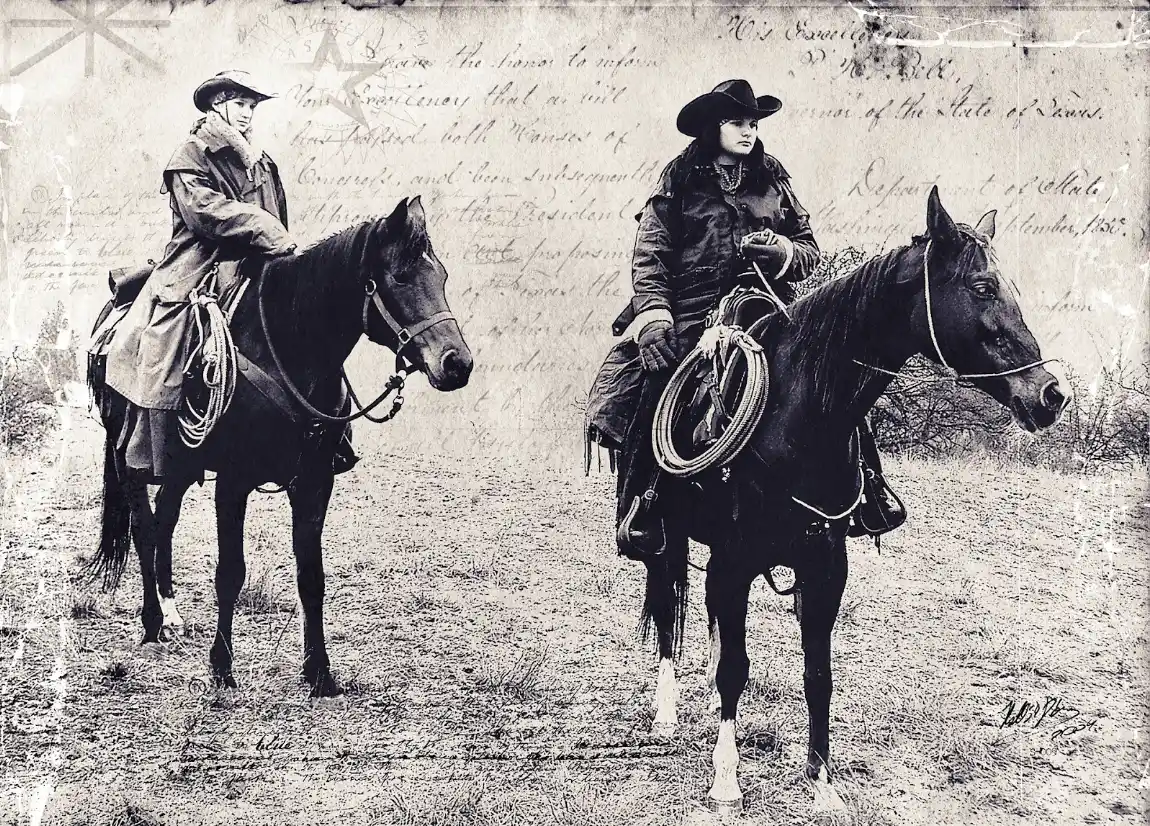This story provides detailed contemporary insight into the 1497 voyage of John Cabot. Should he have kept a journal or log about his escapades, they are nowhere to be found.
John Cabot 1497 Voyage
John Cabot is known in history to be one of the most significant explorers of the 16th century. His fame traveled abroad upon discovering the northeastern coast of North America in an era where exploration was not maximized. This story is about his 1497 voyage and details of his accomplishment while alive. John Cabot lived in European history called the Age of Discovery. In this era, several European explorers traveled to map out America, Asia, Africa, and other fruitful parts of the world. Cabot took part in the Age of Discovery, which started in the 15th century, with Portuguese voyagers and Prince Henry the Navigator pioneering the move.
He was an explorer and navigator who helped to lay the groundwork for the British colonization of Canada. Precise details about his voyages and life remain subject to debate and controversy among cartographers and historians.
John Cabot History
Born in 1405 as the son of a spice merchant in Genoa, Italy, John Cabot traveled to Venice with his family in 1461. It was only a short time before he became a city citizen in 1476. While employed with a mercantile firm, he visited Mecca and journeyed to the eastern coasts of the Mediterranean. This is a central trading point where Western and Oriental goods were merchandised.
Venice was known, at that time, to be one of the wealthiest cities in Europe. It acquired most of its wealth from trades carried out along the Silk Road and the overland trade route that linked eastern Asia to regions of the Mediterranean. Sailors and merchants from Venice have unique skills and knowledge in commerce, exploration, and navigation, with Marco Polo being the first European to land in China from Venice.
While in Venice, John Cabot mastered navigating the waters and visualized the possibility of getting to Asia by embarking on a westward voyage.
According to history, John Cabot got into a financial crisis which made him leave Venice in November 1488. During this time, Cabot was inspired by the discovery of Christopher Columbus and Bartolomeu Dias.
John Cabot Voyage
John Cabot’s sailship was named Matthew after his wife, Mattea. He sailed on a relatively small vessel, only able to carry about 50 tons. Cabot’s voyage started in his decked ship, armed with three masts and a high stern castle. He sailed with 20 people on board, including a Burgundian, a Genoese barber, Bristol sailors, and merchants. It was, however, unclear if Cabot went on the voyage with any of his sons.
Matthew departed Bristol in the early days of May 1497. He was believed to have sailed to Bristol Channel before heading to sea. How far he traveled far north was unknown, but John Cabot’s voyage to North America in 1497 was believed to be between 51 and 54 degrees latitude. The modern debate on his voyage is based on how far he might have drifted southward in his departure. After 50 days of sailing from Bristol, John Cabot finally landed in June.
John Cabot proposed King Henry VII in 1497 for his sailing across the North Atlantic. His voyage will continue westward until he reaches Cipangu Island in Japan. In February 1498, John Cabot got letters from the king to embark on his second voyage. He set out from Bristol with 300 men on five ships this time.

Cabot’s wife Mattea, first contemporary artwork presented as a gift to her husband, expressing her love and generosity just before he sets for Bristol City in 1497
It was reported that Cabot’s wife died during his visit to Bristol City; she had been ill for many weeks before her death. While on the sick bed, she wrote a short poem for Cabot.
“In the forest on the Apex mountain as sun shines,
my heart beats with Italian musicals,
be no-ever present warrior,
even unto death my heart sings your name,
as I cross to heaven, I’m happy I chose you over others.”
John Cabot Accomplishments
In 1497, John Cabot was known to be the first European navigator to chart the coasts of North America. While Cabot did not create any colonies in this part of the New World, his accomplishments and discoveries would pave the way for the colonization of North America by France, the Netherlands, and England.
In 1497, John Cabot sailed from Bristol to Canada, a place he mistook for Asia, leading to his discovery of the place. He added to his accomplishment by claiming the land of North America for the King of England to set the course for his rise to power in England during the 16th and 17th centuries.
The most significant discovery of John Cabot encompasses the mapping of the shoreline of what is now Canada. His notable accomplishments are what paved the way for future exploration.
John Cabot Routes
Cabot sailed on his voyage westward from England. Like Columbus, John Cabot believed sailing to Asia via the West was a shorter route. Having heard of several opportunities to travel from England, he journeyed to Asia with King Henry VII, who permitted him to seek out, discover, and find new lands for England to cover.
John Cabot and his crew sailed north and west to discover a route shorter than Columbus’s journey along the trade winds. The end of Cabot’s voyage landed him on the east coast of North America.
The exact location of John Cabot has been subject to controversy all through history. Some strongly believe he touched ground at mainland Nova Scotia or Cape Breton Island. Others think he may have ended his voyage at Labrador, Maine, or Newfoundland. A lot of historical essays and research papers are focused on this question. Loads of undergrads search for essay writing help in need of a helper company to make this fact clear.
Cabot Explorer
The reign of King Henry VII was prominent when John Cabot moved to his new home. Being the founder of the Tudor dynasty, King Henry was optimistic about establishing England as the powerhouse of Europe. In this vein, John Cabot became the best explorer candidate to prosecute the mission of building an overseas empire in America.
As such, explorer John Cabot was able to gain the king’s favor to commence his voyage en route North America and possibly discover a passage to Asia.




